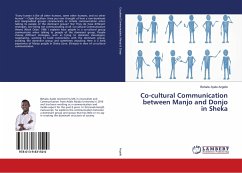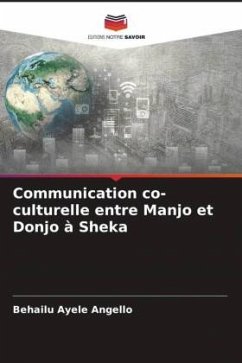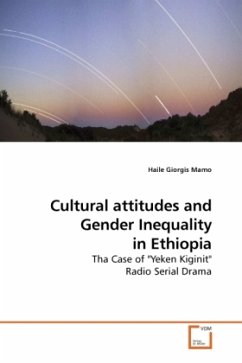
Co-cultural Communication between Manjo and Donjo in Sheka
Versandkostenfrei!
Versandfertig in 6-10 Tagen
43,99 €
inkl. MwSt.

PAYBACK Punkte
22 °P sammeln!
"Every human is like all other humans, some other humans, and no other human"-Clyde Kluckhon. Have you ever thought of how a non-dominant and marginalized groups communicate or initiate communication when talking to people of the dominant group? Yes! They do have different strategies, one being not communicating at all. Co-cultural Communication theory (Mark Orbe, 1996 ) explains how people in a co-cultural group communicate when talking to people of the dominant group. People choose different strategies, such as trying to eliminate stereotypes, negotiating, working to build connections with t...
"Every human is like all other humans, some other humans, and no other human"-Clyde Kluckhon. Have you ever thought of how a non-dominant and marginalized groups communicate or initiate communication when talking to people of the dominant group? Yes! They do have different strategies, one being not communicating at all. Co-cultural Communication theory (Mark Orbe, 1996 ) explains how people in a co-cultural group communicate when talking to people of the dominant group. People choose different strategies, such as trying to eliminate stereotypes, negotiating, working to build connections with the dominant group, avoiding the dominant group and sometimes attacking. Here is a lived experience of Manjo people in Sheka Zone, Ethiopia in view of co-cultural communication.












